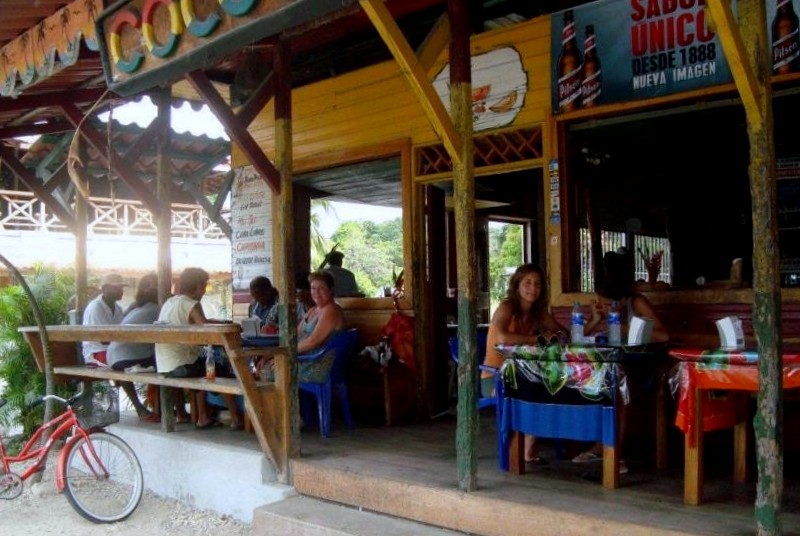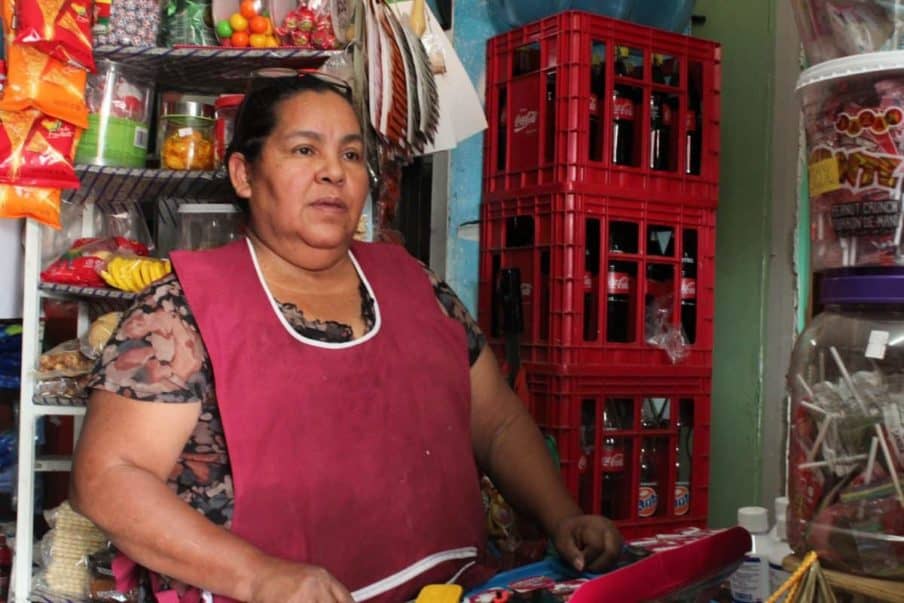
In Costa Rica, two types of establishments define the rhythm of daily life in towns and neighborhoods: pulperías and sodas. These corner stores and family-run eateries are far more than places to grab a snack or a meal—they are pillars of community, tradition, and local identity. Each offers a distinct experience, reflecting the country’s deep-rooted culture in unique ways.
Having spent time exploring Costa Rica and visiting these spots regularly, I’ve come to appreciate the nuances that set pulperías and sodas apart. This piece delves into their roles, what you’ll find in each, and why they remain essential to the fabric of Costa Rican life.
Pulperías: The Neighborhood Hub
Pulperías are a cornerstone of Costa Rican communities, with origins dating back generations. These small, independently owned stores serve multiple purposes: they’re part convenience mart, part social club, and part quick-stop kitchen. Stepping into a pulpería, you’re greeted by the hum of conversation, the clatter of goods being unpacked, and the warmth of locals who treat the space like an extension of their homes.
The range of products in a pulpería is remarkably diverse. Shelves are stocked with everyday essentials—rice, beans, toiletries, and cleaning supplies—alongside items you might not expect, like basic hardware tools or phone chargers.
Local products shine here: bags of fragrant, locally roasted coffee, jars of artisanal honey, and handmade chocolates sit next to colorful stacks of tropical fruits like mangoes, papayas, and guavas. Snack options abound, from plantain chips to sweet biscuits, catering to both kids and adults looking for a quick treat.
Food is a major draw at pulperías. Many prepare fresh, homemade dishes that reflect Costa Rica’s culinary traditions. The air often carries the scent of empanadas stuffed with cheese, chicken, or beans, baked fresh each morning.
Tamales, wrapped in banana leaves and filled with seasoned corn masa and pork or chicken, are another staple, especially around holidays. For those on the go, pulperías offer made-to-order sandwiches, often layered with local cheeses, meats, and fresh vegetables. These quick meals are affordable and satisfying, making pulperías a go-to for workers, students, or anyone needing a fast bite.
What truly distinguishes pulperías is their role as community anchors. They’re where neighbors catch up, share gossip, or discuss local events. A quick stop for milk can turn into a half-hour chat with the shopkeeper or a friend you bump into.
For newcomers, pulperías offer an easy entry point into the community—shopkeepers are quick to introduce themselves, and regulars are happy to strike up a conversation. This sense of connection is palpable, creating an atmosphere where everyone feels welcome. Over time, these interactions build bonds, turning casual visits into meaningful rituals.
Pulperías also adapt to their surroundings. In rural areas, they might stock farming supplies or act as informal post offices, while urban pulperías cater to busier lifestyles with pre-packaged snacks and extended hours. Regardless of location, they remain a constant in Costa Rican life, preserving a sense of tradition while meeting modern needs.
Sodas: A Taste of Costa Rican Tradition

Sodas, on the other hand, are all about food—specifically, the kind of home-cooked meals that define Costa Rican cuisine. These small, family-run eateries are the heart of the country’s culinary scene, serving dishes that have been perfected over generations. Often housed in modest buildings with colorful exteriors and simple wooden tables, sodas prioritize substance over flash, focusing on fresh ingredients and time-honored recipes.
The menu at a soda reads like a love letter to Costa Rican flavors. Gallo pinto, a mix of rice and beans seasoned with onions and spices, is a breakfast staple, often served with eggs, plantains, and a dollop of sour cream.
For lunch, casados reign supreme: hearty plates piled with rice, beans, a choice of meat (chicken, pork, beef, or fish), a small salad, fried plantains, and sometimes a slice of avocado or a fried egg. Ceviche, made with fresh fish or shrimp marinated in lime juice and mixed with cilantro and peppers, offers a lighter option, especially in coastal areas. Other dishes, like olla de carne (a beef and vegetable stew) or arroz con pollo (chicken and rice), showcase the diversity of local ingredients and cooking styles.
What sets sodas apart is their commitment to freshness. Ingredients are typically sourced from nearby farms or markets, ensuring vibrant flavors. Vegetables like tomatoes, zucchini, and chayote are crisp, while fish and meats come from local suppliers.
Many sodas prepare everything from scratch, with owners or cooks rising early to chop, simmer, and season. This hands-on approach results in meals that feel personal, as if you’re eating at a friend’s kitchen table.
Sodas also vary by region, reflecting Costa Rica’s geographic diversity. In the Caribbean, you might find dishes infused with coconut milk and Scotch bonnet peppers, like rondón, a hearty fish stew. In the Central Valley, heartier fare like soups and roasted meats dominate.
Wherever you are, the food is prepared with care, often following recipes passed down through families. This dedication to tradition gives sodas a sense of authenticity that’s hard to replicate.
Beyond the food, sodas are cultural hubs. The casual setting—think plastic chairs, open windows, and maybe a radio playing tropical tunes—invites conversation. Owners and staff are often eager to share the stories behind their dishes, from the origin of a family recipe to the best way to prepare plantains.
Diners, whether locals grabbing a quick lunch or travelers seeking an authentic meal, mingle easily, creating a lively, communal vibe. It’s not uncommon to see strangers swap stories over coffee or strike up friendships that last beyond the meal.
Their Role in Costa Rican Life
Pulperías and sodas do more than sell goods or serve food—they preserve Costa Rica’s cultural heritage. Pulperías, with their eclectic inventories and open-door atmosphere, embody the country’s emphasis on community and accessibility.
They’re places where people of all backgrounds come together, reinforcing social ties in an increasingly fast-paced world. Sodas, meanwhile, keep culinary traditions alive, offering dishes that connect diners to the land and its history. Together, they create a sense of belonging, grounding locals and welcoming visitors into the fold.
For Costa Ricans, these places are part of the daily routine. A morning might start with a stop at the pulpería for coffee and a pastry, followed by a lunch of casado at a nearby soda. Evenings might bring another pulpería visit for a cold drink or a chat with neighbors. For travelers, pulperías and sodas offer a window into the country’s soul, revealing the warmth, flavors, and traditions that define it.
A Cultural Journey
Exploring pulperías and sodas is like taking a tour of Costa Rica’s heart. In a pulpería, you’ll find yourself surrounded by the buzz of local life, swapping stories with shopkeepers and tasting snacks that carry the flavor of the land. At a soda, you’ll sit down to a meal that feels like home, crafted with care and rooted in tradition. Both experiences leave you with a deeper appreciation for the country’s people and their way of life.
Next time you’re in Costa Rica, make time to visit these local gems. Stop by a pulpería for a tamale or a chat, and linger over a casado at a soda while soaking in the stories around you.

